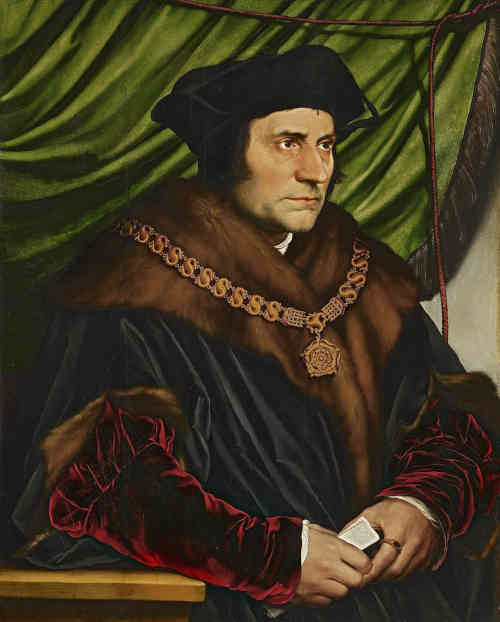
Thomas More (7 February 1478 – 6 July 1535) was an English lawyer, judge, social philosopher, author, and statesman, who served Henry VIII as Lord High Chancellor of England. He opposed Henry VIII’s being supreme head of the Church of England and the annulment of Henry VIII’s marriage to Catherine of Aragon. He was executed for treason.
The Roman Catholic Church commemorates Thomas More as a saint, a martyr.
Fascinatingly (I suspect many Roman Catholics will be surprised!), the Church of England not only commemorates Thomas More in its Common Worship Calendar on the anniversary of Thomas More’s execution, but it calls him a “Reformation martyr”. NZ Anglicanism also commemorates Thomas More, but cannot bring itself to go as far as the eirenic Church of England – in NZ, Thomas More is commemorated as a “scholar”. [Fascinatingly, for a “scholar”, NZ’s lectionary booklet suggests Red (ie for a martyr) as the liturgical colour].
Thomas More thought about abandoning his legal career to become a monk – but, as his friend Erasmus of Rotterdam wrote to Ulrich von Hutten, “he resolved to be a chaste husband rather than a licentious priest.” He was particularly close to the Carthusians, living much of their spirit but beyond cloister walls.
Another step is taken to reconcile the divisions of the past when Anglicans acknowledge the terrible part Anglicans played in executing Christian martyrs because they differed from them. Wouldn’t it be great if things developed so that Roman Catholics acknowledged their part in. martyring other Christians with whom they disagreed, and started commemorating people like Jan Hus and William Tyndale?


